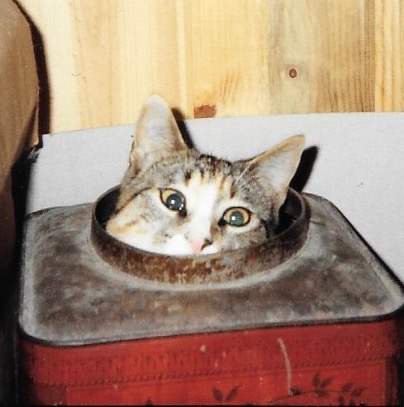How do we meet a new season? How do we get our children or ourselves ready for a new school year, or for any moment? Especially this moment. Our world today faces so many threats. It’s changing at a rate none of us can keep pace with. So, besides keeping informed of news and the health of our planet and democracy, what more can we do?
It’s almost the end of August. When I was working, and the end of August was upon me, and night was settling around me⎼ I’d sit on my porch and just listen to crickets and other end of summer sounds. I’d often feel that somehow the summer had passed too quickly and wonder if I was ready for the new semester. And I promised myself I would not waste these last moments. I would make sure I missed none of it. By sitting there with the crickets, letting their song settle inside me, somehow, I felt more prepared for what lay ahead. If I could sit with this moment, I could sit or race with another.
And I’m doing just that even now. It’s 11 years since I retired from teaching secondary school, and I still feel this tension in my belly every year at this time, this dread mixed with excitement. There’s an extra chill in the air today, an extra gentle movement in the leaves, trees, and bushes. Even the sound of cars passing on the road has an unusual quality to it. The colors are sharp. My face, shoulders, and belly quivers. My jaw, the back of my mouth, is tense until I notice a cardinal calling very faintly in an apple tree. Then I relax. And I so love the soft touch of the wind and how it wakes trees and leaves into speech.
We can do all we can to keep informed about the news, but even more we have to stay in touch with our own changes, our inner state, and to those closest to us. And with this powerful strength, we can do so much good.
A Basic Practice:
This is one thing we can do. We can stand or sit still, in a safe place; a place we can remain calm and attentive for a few minutes. And take a breath. We might notice if we will: Are we comfortable where we are, with the weight of our body evenly distributed? How does it feel to simply be right here? Do we want to let our eyes rest and take in what’s around us? Or close them partly or fully?
If we open our mouth or take a breath through our nose, we might notice the taste of the air, how it feels on our tongue? Maybe notice what it is we hear right now? What sounds? What stands out or calls to us? Or what is it we see? What colors? And maybe, where on our body do we respond to these sounds or sights or tastes? In our shoulders, belly, back, legs? How deep is the response? Or maybe, what is the quality of feeling, sharp, heavy, light, like a cloud or a wind? Strong or mild?
If there’s a wind, do we feel the pressure of it on our skin? On our hands? On our belly? Do we hear any bird calls or car sounds only with our ears, or also our face, our toes?
And maybe, if we want, we can notice any thoughts that arise in this moment? How do we feel right now, about a new day, or a new school year? And then we can let the thought go and return to the sound or feel of the wind. The sense of being right here, now, present. The sense that this, this moment⎼ this, I can do.
I was reading a short article in the Fall, 2023 Tricycle by Venerable Jissai Prince-Cherry, about a classic on meditation practice, Zen Mind, Beginner’s Mind: Informal Talks on Zen Meditation and Practice, by the Japanese Zen teacher Shunryu Suzuki. I first read it probably 50 years ago. It is a beloved book of several friends and two of my most respected teachers. Suzuki speaks to us in a manner that makes ignored aspects and possibilities in our lives and values obvious to us. It reveals the intimate reality of our experience. And it gifts us, and our culture, with a new way to see ourselves….
*To read the whole article, please go to The Good Men Project.



